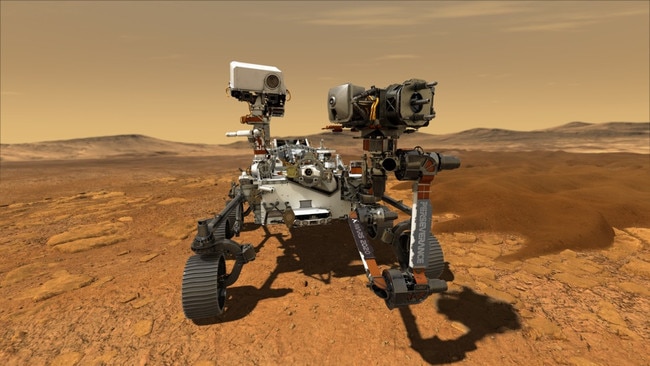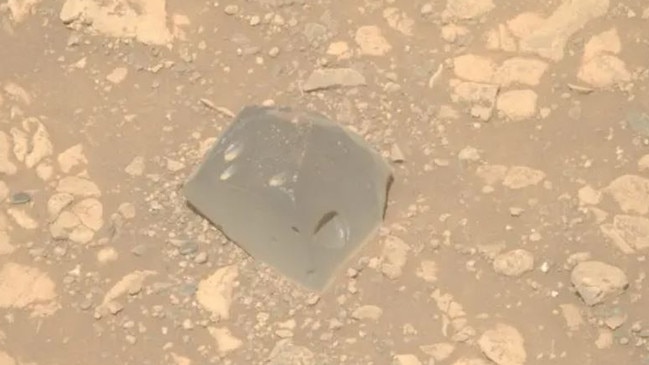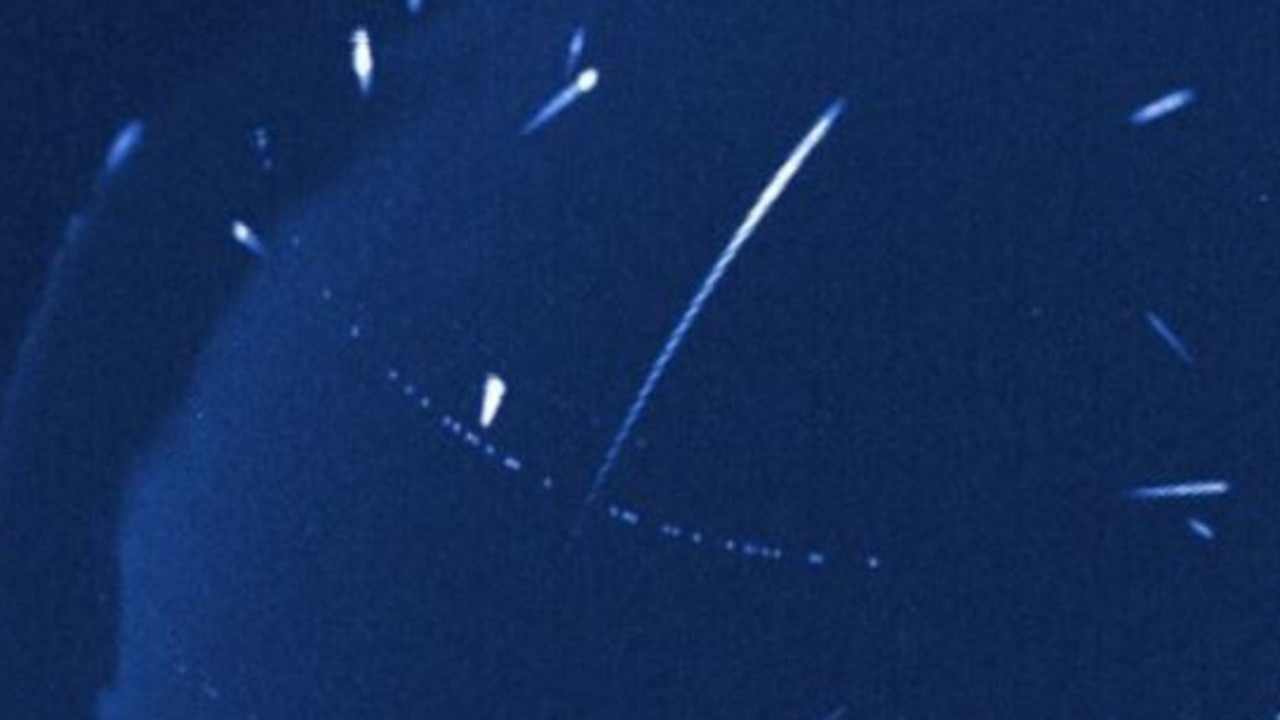NASA finds mysterious skull-shaped feature on Mars
NASA’s Mars rover has spotted something out of this world — sitting on a slope where stargazers say it doesn’t belong.

Space
Don't miss out on the headlines from Space. Followed categories will be added to My News.
NASA’s Mars rover has spotted something out of this world — a mysterious, skull-shaped elevation – sitting on a slope where stargazers say it doesn’t belong.
The mysterious rock – dubbed “Skull Hill” was discovered April 11 by the Perseverance rover while it was driving down a ridge called Witch Hazel Hill.
The hill is part of the Jezero Crater, a massive 28-mile-wide basin that scientists believe once held a lake.
What makes the rock so interesting is that it looks nothing like the surrounding area.

While most of the terrain is light-coloured and dusty, Skull Hill is dark, angular, and covered in tiny pits — as if it had been dropped there from somewhere else, according to Margaret Deahn, a Ph.D. student at Purdue University working with NASA.
That might actually be what happened.

In addition to this contact, the rover has encountered a variety of neat rocks that may have originated from elsewhere and transported to their current location, also known as “float,” Deahn wrote in a blog post about the find.
The team believes Skull Hill could have moved from its original location by erosion, an ancient impact, or another powerful natural event.

At first glance, it even looked like a possible meteorite.
But after using Perseverance’s laser-powered SuperCam to check a nearby similar rock’s chemistry, NASA scientists ruled that out — it didn’t have the high iron and nickel levels typical of space rocks.
Another possible theory is that Skull Hill is an igneous rock formed when lava or magma cooled, possibly millions or billions of years ago.
“Luckily for us, the rover has instruments that can measure the chemical composition of rocks on Mars,” Deahn said, signalling more tests are likely to come to determine the rock’s origins.
This article was originally published by the New York Post and reproduced with permission
Originally published as NASA finds mysterious skull-shaped feature on Mars




